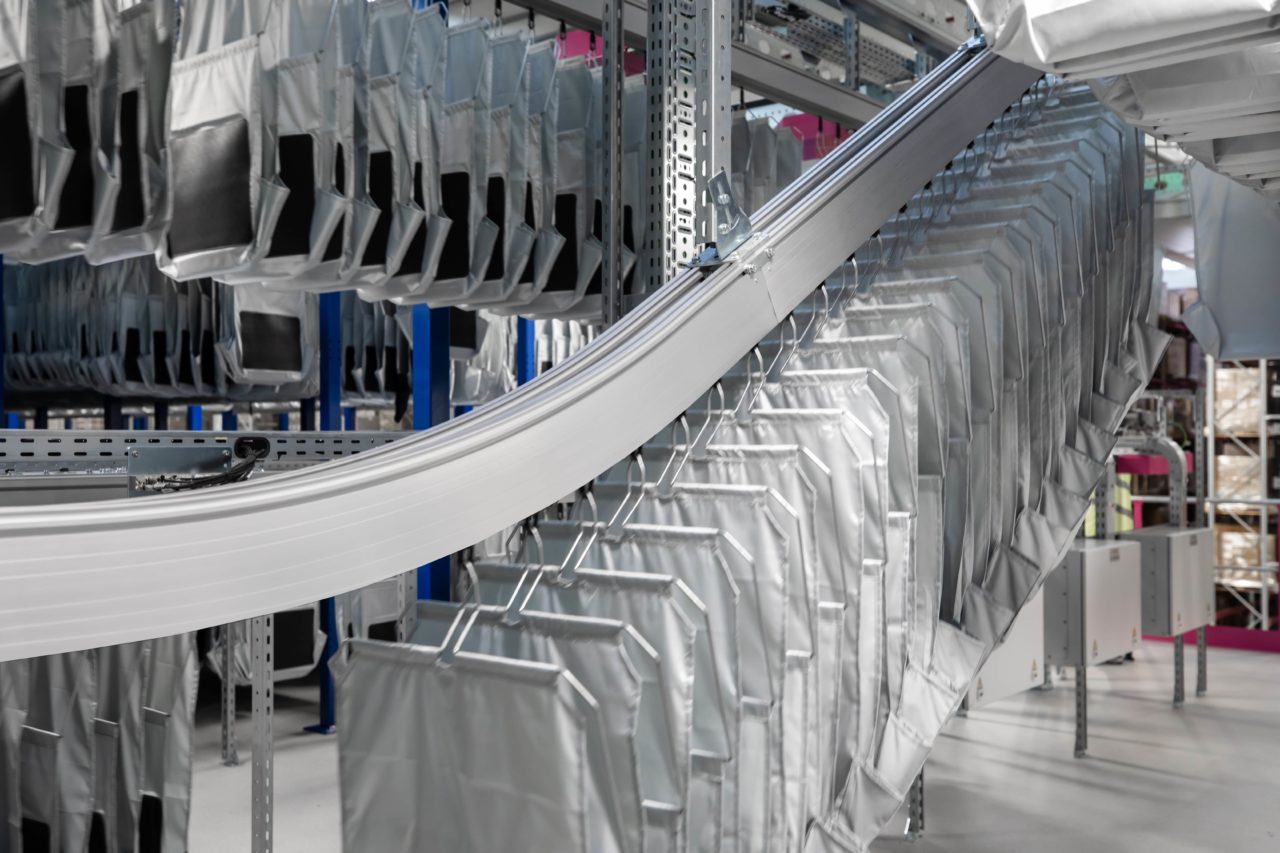Altogether, these numbers mean that a third of fashion logistics operations is spent on handling returns and that handling costs have substantially increased. This poses a significant challenge for fashion logistics providers.
The challenges of reverse logistics
Handling returns is a complex process that requires time, money, and resources. The following are some of the main challenges that fashion logistics providers face:
- Increased costs: Returns processing is expensive, and fashion logistics providers must allocate significant resources to handle them.
- Lost profits: Returns result in lost profits for retailers and logistics providers. The cost of processing returns, restocking, and reselling returned products can be significant.
- Customer dissatisfaction: Returns can negatively impact customer satisfaction. Unsatisfied customers may leave negative reviews or not return to make future purchases.
- Increased complexity: Reverse logistics is a complex process that requires coordination across different departments and stakeholders.
- Environmental impact: Returns also have an environmental impact, and fashion logistics providers must dispose of products that cannot be resold.
Reducing the steps with a pouch sorter system
The numerous steps involved in the process are one of the most difficult aspects of handling returns. This is where a pouch sorter system can come into play. This specialised technology is capable of transporting, sorting, sequencing, and storing both outbound and returned items, simplifying and streamlining the e-commerce fulfilment process.
A pouch system is a specialised handling system that makes use of a series of pockets or pouches to transport and sort items. These systems are designed to maximise efficiency and minimise the number of times an item is touched.
In the returns process, the pouch sorter system eases the handling of returns by placing each item directly into a pouch rather than sending it back to the shelf or regular storage where it has to be picked again if it is ordered. The pouch system serves as an intermediate buffer for return items, which are typically re-sold. Returns needed to fulfil an order are automatically retrieved from the dynamic buffer and sent to sortation.















